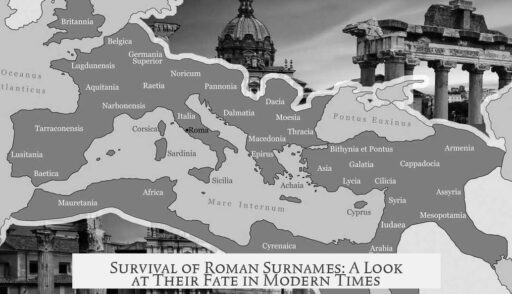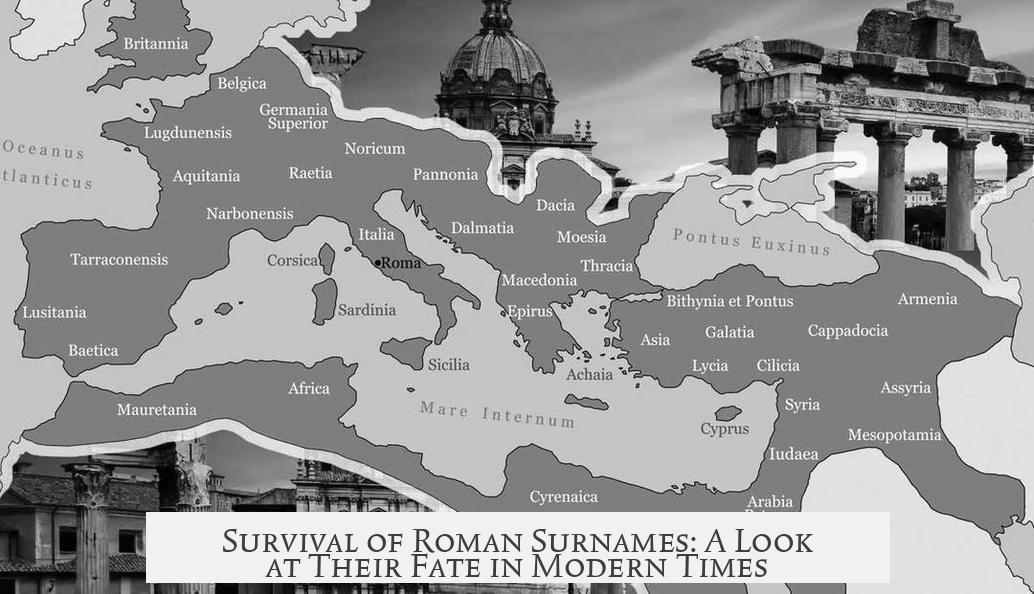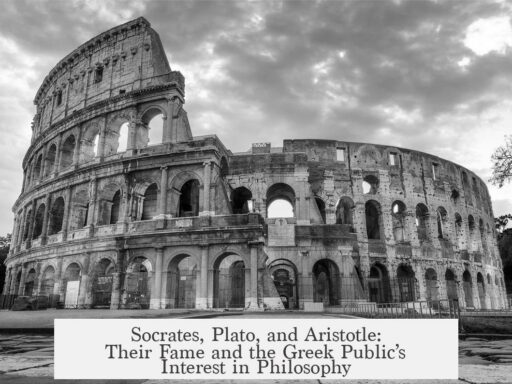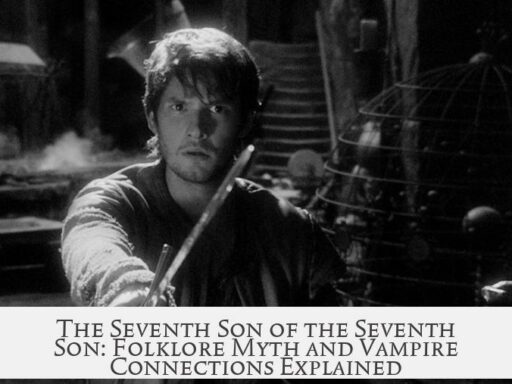Roman surnames, as they existed in antiquity, have not survived intact into modern times. The ancient Roman naming system differs greatly from our contemporary concept of surnames, and this system gradually broke down after the 3rd and 4th centuries. Although elements of Roman names live on today, the direct, continuous family surnames from ancient Rome largely vanished due to social and linguistic changes over the centuries.
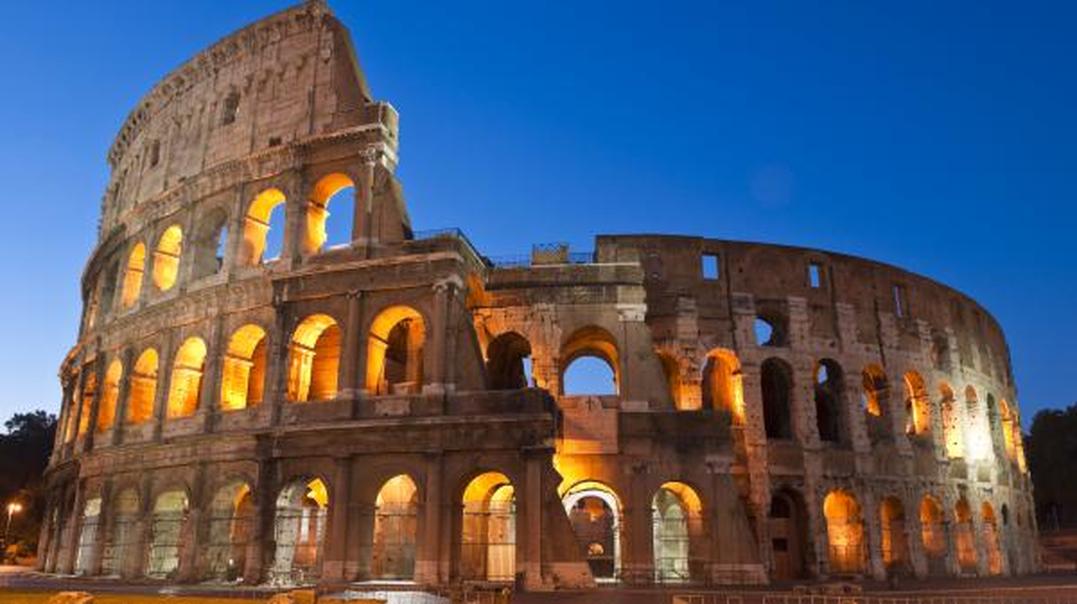
The traditional Roman names consisted of three main parts: the praenomen (personal name), nomen gentile (clan or gens name), and cognomen (branch or family identifier). For example, in the name “Gaius Julius Caesar,” “Julius” is the nomen gentile, representing the Julian clan, and “Caesar” serves as the cognomen to identify a specific family branch.
This tripartite system functioned within a society where lineage and social rank played key roles. Roman names symbolized status and ancestry. Over time, however, this system declined. By the late Roman Empire and early medieval period, single names became more typical. The old three-part structure fragmented under changing social and economic conditions.
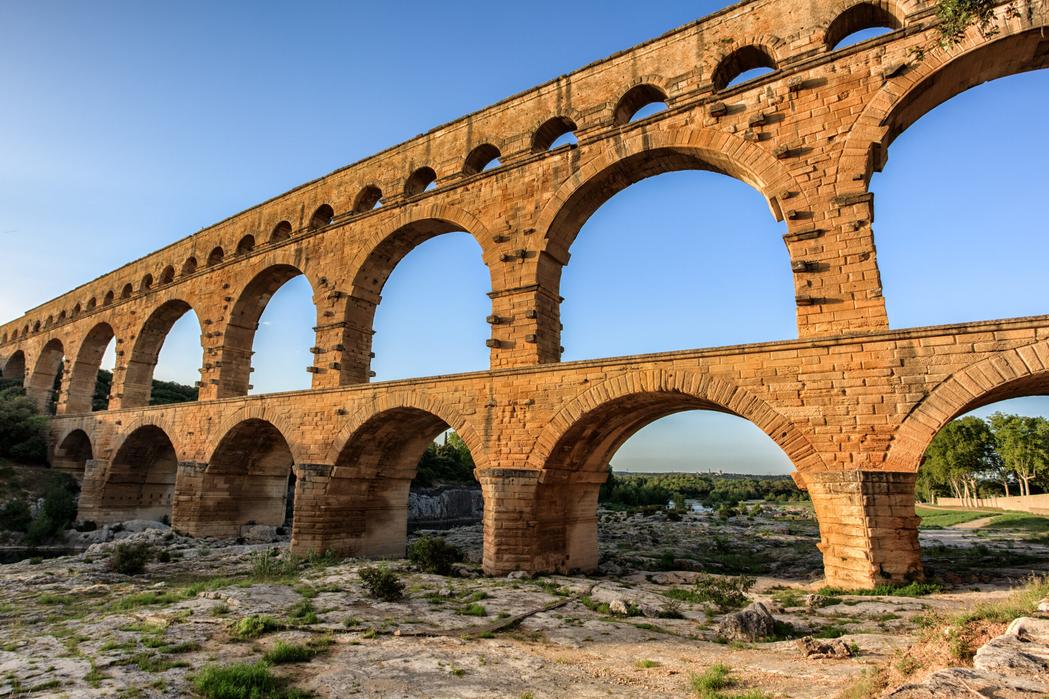
As the Roman world transitioned into the early medieval era, new naming practices emerged. Religious influence shaped many names, especially following the spread of Christianity. New names derived from Christian theology and biblical figures became common, such as Johannes or Maria. Many new names also originated by modifying or evolving older Roman cognomina or nomen gentile.
| Roman Name Element | Modern Examples (Often as Given Names) |
|---|---|
| Nomen Gentile | Julius/Julia, Cornelius/Cornelia, Claudius/Claudia |
| Cognomen | Fabio (from Fabius), Emilio (from Aemilius), Titus |
| Personal Names (Praenomen) | Marcus, Sextus/Sixtus |
Note that these names mostly survive as first or given names rather than hereditary family surnames.
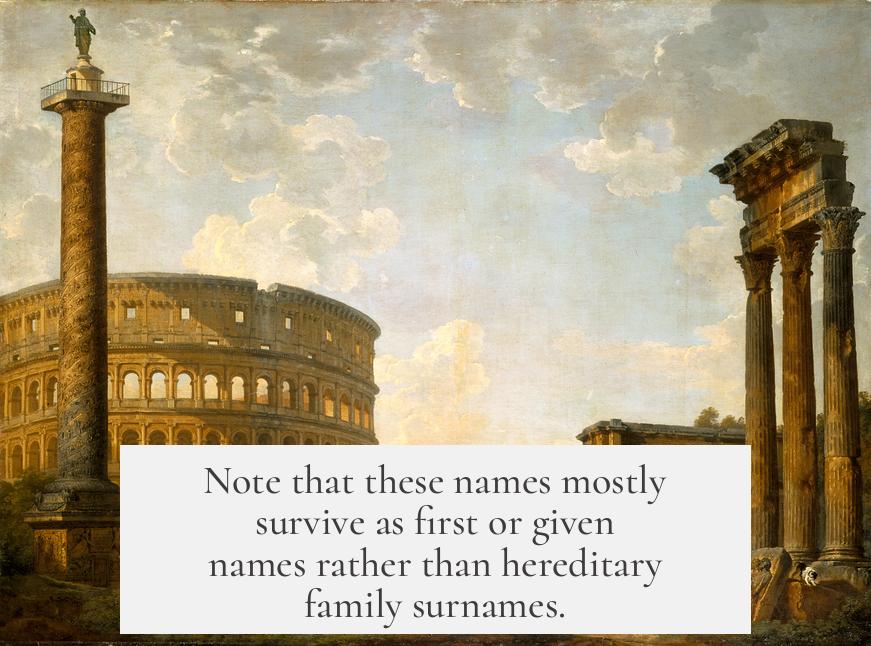
One reason Roman-style surnames did not endure is the breakdown of the socio-economic structures that supported them. In ancient Rome, a surname signified belonging to a prestigious family line. After the empire declined, social systems changed. In simplified or localized societies, surnames became unnecessary. Identification could rely on single names supported by descriptors, such as occupation or location (e.g., “John the Carpenter”).
Modern surnames often combine lineage and descriptor elements, shaped by complex legal and administrative needs. Without sustained socio-political incentives to preserve ancient family names, many Roman surnames disappeared.
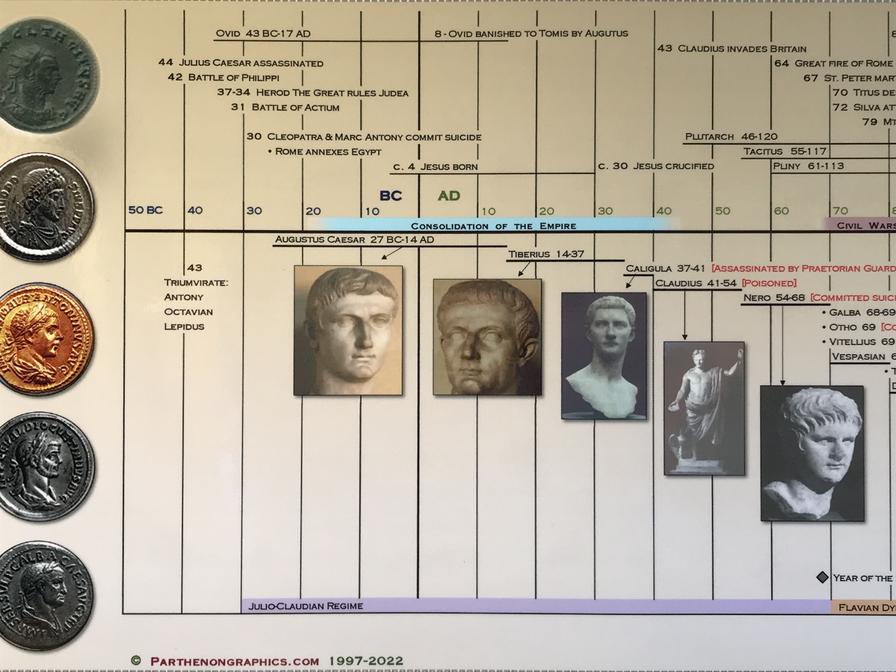
Some medieval Italian families claimed descent from Roman ancestors and surnames. For example, the Massimo family asserts lineage from Quintus Fabius Maximus, a famous Roman general. This illustrates how Roman names can reappear due to historical prestige but not necessarily through uninterrupted transmission.
Actual continuous documentation from late antiquity through the Middle Ages for such lineages is nonexistent. This absence makes it impossible to confirm true survival of Roman family surnames over that gap. The process is more likely one of re-invention or claim rather than uninterrupted heredity.
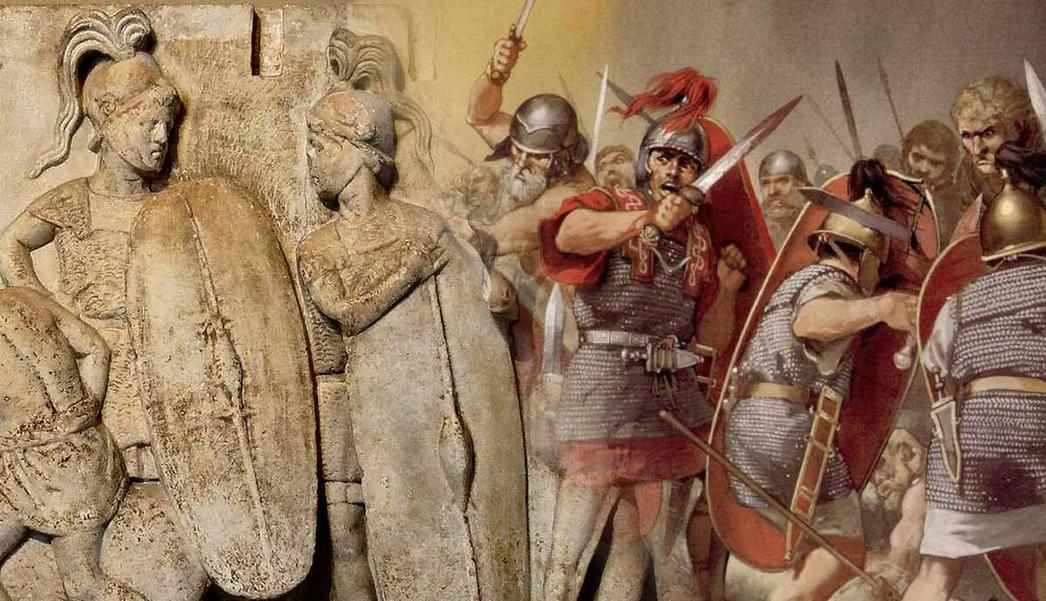
To summarize:
- Roman surnames as formal parts of the name system generally ceased by the early medieval period.
- Many Roman names survive today mainly as given names but seldom as hereditary surnames.
- Social and economic changes negated the need for strict family surnames, replacing them with descriptors or Christian names.
- Some medieval families claimed Roman ancestry, but historical continuity is unverified.
- Modern surnames function differently, often hybridizing lineage with descriptive elements.
Therefore, while traces of Roman naming survive, no documented, unbroken line of Roman surnames persists into modern times.
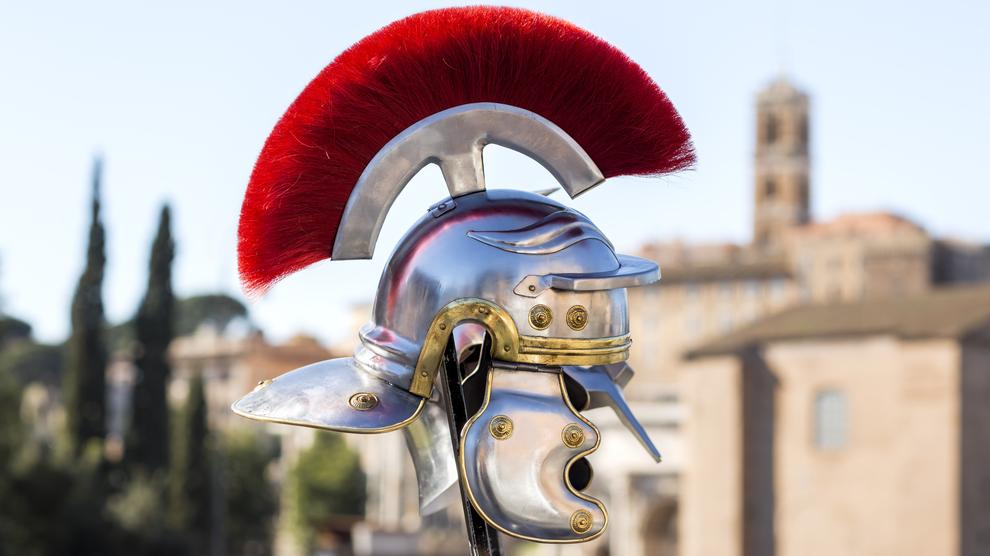
Have Any Roman Surnames Survived Into Modern Times? If Not, What Happened to Them?
Short answer: While some Roman names have indeed survived into modern times, traditional Roman surnames as they existed then did not carry on continuously. The ancient system crumbled, names evolved, and the social fabric shifted. So, yes and no – Roman surnames persist but not in the straightforward way you might expect. Curious how that happened? Let’s unravel the story.
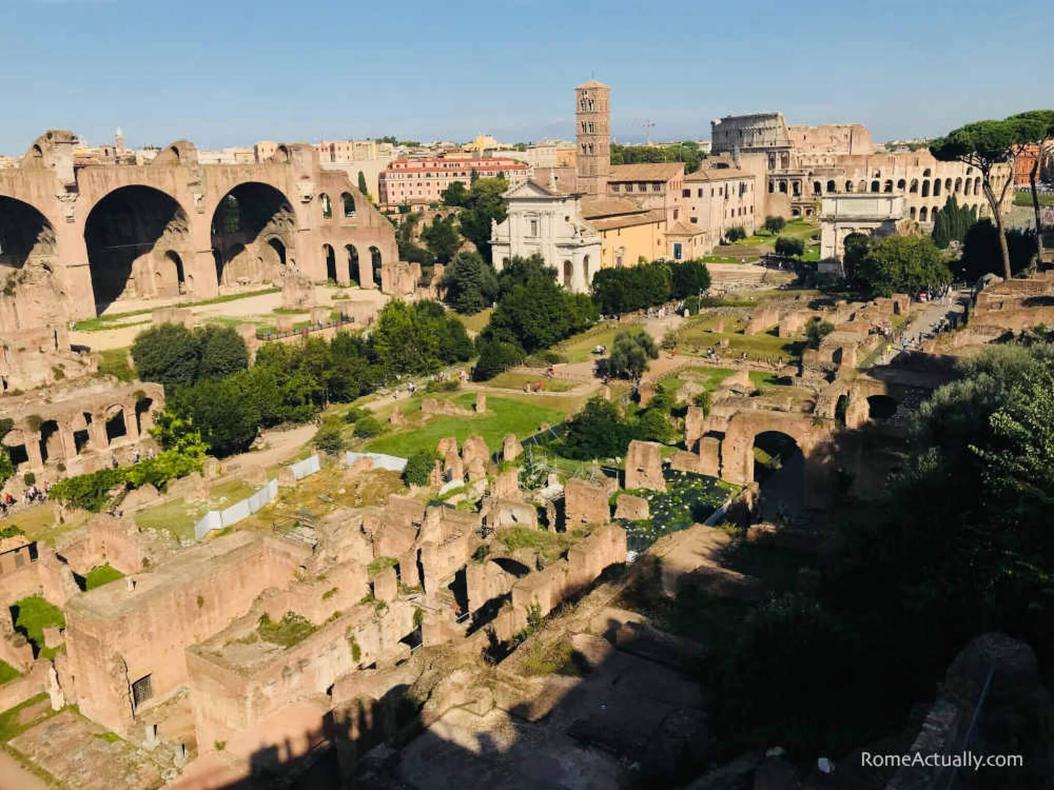
Back in Ancient Rome, what we now call “surname” was a *different beast*. Romans had a three-part system of names that told you who they were, where they came from, and which branch of their family they belonged to. The key players? The nomen gentile and the cognomen.
The nomen gentile was like the last name we know today but indicated the wider clan, or *gens*. Think Julius, Cornelius, Claudius – these were big family names.
The cognomen took it a notch further, identifying specific family branches. For instance, Caesar was the cognomen of the Julii family.
Pretty fancy, right? But here’s a twist: This naming system broke down around the 3rd and 4th centuries. Why? Society was shifting. The Roman Empire was falling apart. The social and economic context that made surnames important ceased to exist.
Imagine a world where dynasties and centuries-old family prestige no longer held the weight they did. Suddenly, people returned to simpler names – often just one name. So, the very structure that depended on family status to make sense disappeared.
What followed was an interesting evolution. Names changed to reflect Christian influences. New names from biblical and Christian mythology appeared, such as Quodvultdeus, Exsuperius, and Anastasius. Meanwhile, some old Roman *cognomina*, or even *nomen gentile*, evolved into first names rather than surnames.
So, did any ancient Roman family names survive? Quite a few did — but mostly as first names today. Take a look:
- Julius / Julia
- Cornelius / Cornelia
- Claudius / Claudia
- Sergei (from Sergia)
- Emilio (from Aemilius)
- Fabio (from Fabius)
- Titus
- Marcus
- Sextus / Sixtus
Those names we still hear, but usually as first names, not as family names. Families today rarely carry these ancient Roman family names on their birth certificates as last names.
Now, here’s a fun fact for the history buffs: some Italian families, like the Massimo family, proudly claim unbroken descent from Roman elites. They trace lineage back to figures like Quintus Fabius Maximus, a Roman general famous for the Fabian strategy (slowly strangling your opponent without risking your army). But can anyone truly prove this line of descent? Nope.
The records just don’t stretch seamlessly over fifteen centuries. What we see is people in the high Middle Ages wanting to assert status and legitimacy by “claiming” ancient Roman roots. This means that while names like Massimo claim to be Roman surnames still in use, there’s no clear proof that the name was continuously carried through from antiquity.
This brings us to surnames as status symbols. Why do we even have surnames? In societies with complex socio-economic systems and hierarchy, surnames can indicate your family’s wealth, prestige, or lineage.
If you live in a village of fifty people where everyone knows everyone, surnames aren’t necessary. One John is enough until there’s a second John around, then you add “John the Carpenter” or “John of York.” Early medieval society was much simpler and less stratified than Roman society, so surnames did not hold the same weight and were not constant.
Our modern surnames are hybrids: part lineage, part descriptor. You might carry the name “Smith” because your ancestor was a blacksmith, not because of a noble dynasty. Today, your surname mostly functions to distinguish you in a complex, populous world rather than to broadcast social status.
Imagine “Walking Dead” land. Everyone is fighting for survival. You only need one name. Then, when the world grows again and classes re-emerge, people start wanting to claim or create family names to assert their place. This is exactly what happened transitioning from the collapsing Roman Empire through the medieval era.
In essence, the Roman surnames fell victim to a collapse of the social and economic world that supported them. Later, surnames re-emerged, often by new creation or adaptation, and only occasionally did families claim ancient Roman roots to bolster their status.
So, if you meet someone named Julia or Marcus today, they’re probably not a direct heir of Julius Caesar’s family—but their names do echo Rome’s ancient legacy. The system isn’t continuous, but the echoes live on.
Summary? Some Roman names survive today, but mostly as first names. Traditional Roman family surnames vanished after the empire’s fall due to breakdown of social order and change. Later medieval societies reintroduced surnames, but continuity is murky. Roman surnames lived, died, evolved, and sometimes got resurrected by families eager to claim a prestigious past.
Isn’t it amazing how names can tell the tale of history’s ebbs and flows? Next time you meet a Marcus or Julia, you’re greeting a tiny piece of the ancient Roman world – not as a surname carrier but as a living legacy.
